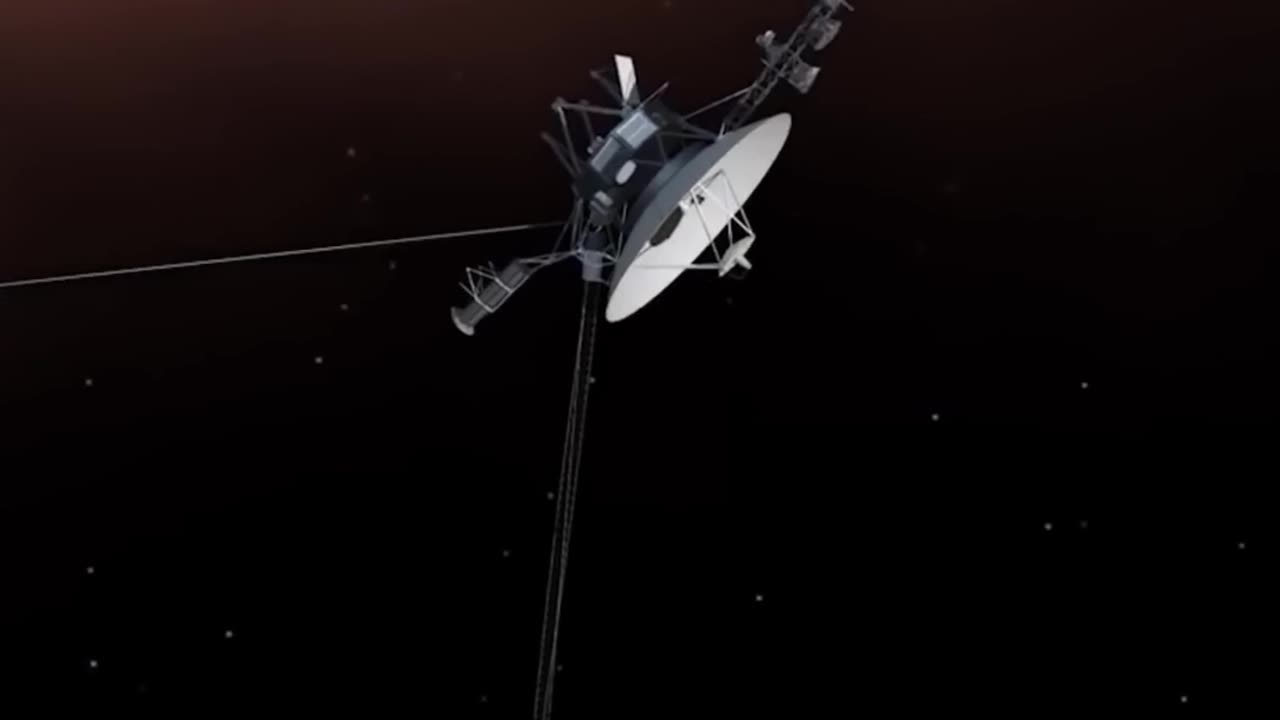Premium Only Content

Voyager 1's Signal: How We Restored Contact from Deep Space!
The video explains how Voyager 1 switched to a backup transmitter and how NASA's Deep Space Network adapted to this change to maintain communication.
[01:18-01:53]
Voyager 1 switched to a secondary S-band transmitter due to the X-band being offline, which posed a challenge given the vast distance of over fifteen billion miles from Earth.
The video explains how Voyager 1 switched to a backup transmitter and how NASA's Deep Space Network adapted to this change to maintain communication.
[01:18-01:53]
Voyager 1 switched to a secondary S-band transmitter due to the X-band being offline, which posed a challenge given the vast distance of over fifteen billion miles from Earth.
With the X-band transmitter offline, Voyager's fault protection system took action. It automatically switched over to a secondary S-band transmitter, which hadn't been used since 19 81. This transmitter operates at a lower frequency and emits a weaker signal than the X-band, which posed a challenge given its distance, more than fifteen billion miles from Earth. Even under ideal conditions, signals from Voyager take nearly 23 hours to reach Earth, creating a substantial delay for each command and response.
-
 LIVE
LIVE
Kim Iversen
1 hour agoMAGA = Make Antisemitism Great Again?
7,467 watching -
 1:06:09
1:06:09
Tucker Carlson
5 hours agoUS Government Admits Chemtrails Are Real (It's Worse Than You Think). Dane Wigington Reveals All.
1.15K57 -
 1:51:06
1:51:06
Redacted News
2 hours agoTrump Rolling Out $2,000 STIMULUS Checks in 2025 as the U.S. Economy Flashes RED | Redacted News
120K83 -
 LIVE
LIVE
Dr Disrespect
7 hours ago🔴LIVE - DR DISRESPECT - ARC RAIDERS - THE VENATOR SLAYER
1,514 watching -
 13:26
13:26
Cash Jordan
1 hour agoChicago "RIOTERS" Get CRUSHED... Mayor FREAKS as 'Imported Mob' HAMMERED BY MARINES
13 -
 DVR
DVR
vivafrei
4 hours agoOstrich Farm Update w/ Chris Dacey; Jan. 6 Pipe Bomber IDENTIFIED? w/Kyle Serraphin & MORE!
59.8K36 -
 LIVE
LIVE
The Amber May Show
4 hours agoShutdowns, Shakeups, and 50-Year Mortgages | Sam Anthony
50 watching -
 LIVE
LIVE
StoneMountain64
5 hours agoBattlefield REDSEC $100k tourney tomorrow
75 watching -
 LIVE
LIVE
GritsGG
3 hours ago#1 Most Warzone Wins 3957+!
52 watching -
 2:00:02
2:00:02
The Quartering
4 hours agoDemocrat Civil War After Collapse, Viral Wedding Ring Insanity, New Trump Pardons & Huge Trans Ban
155K61